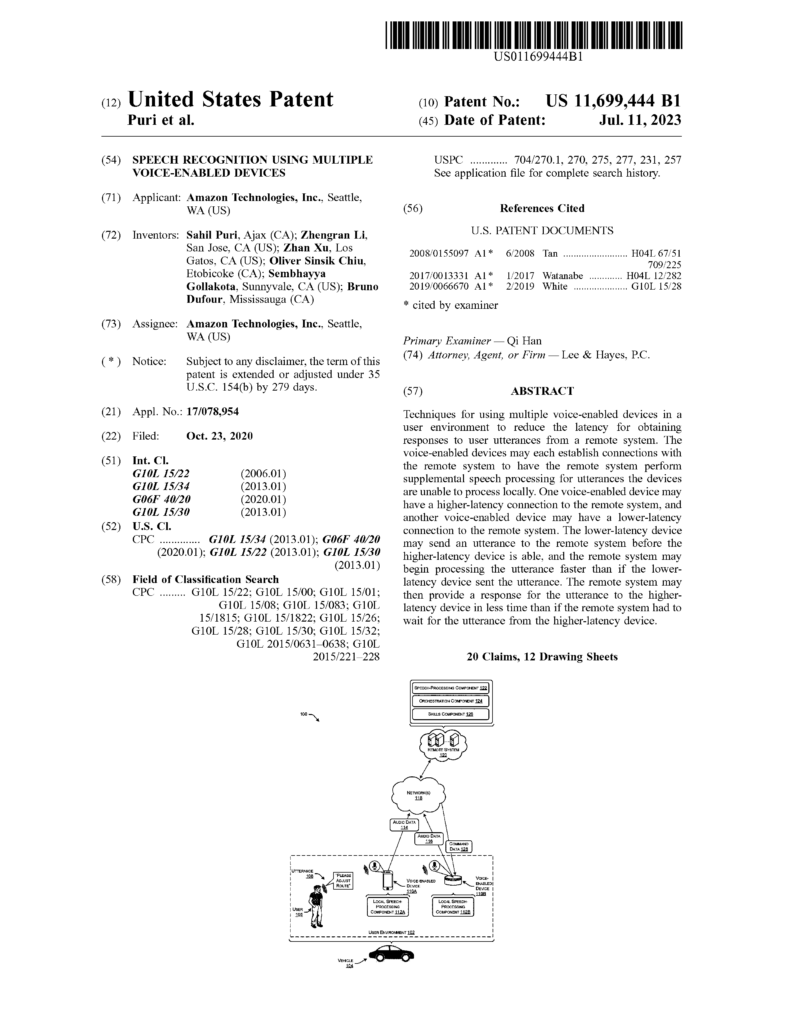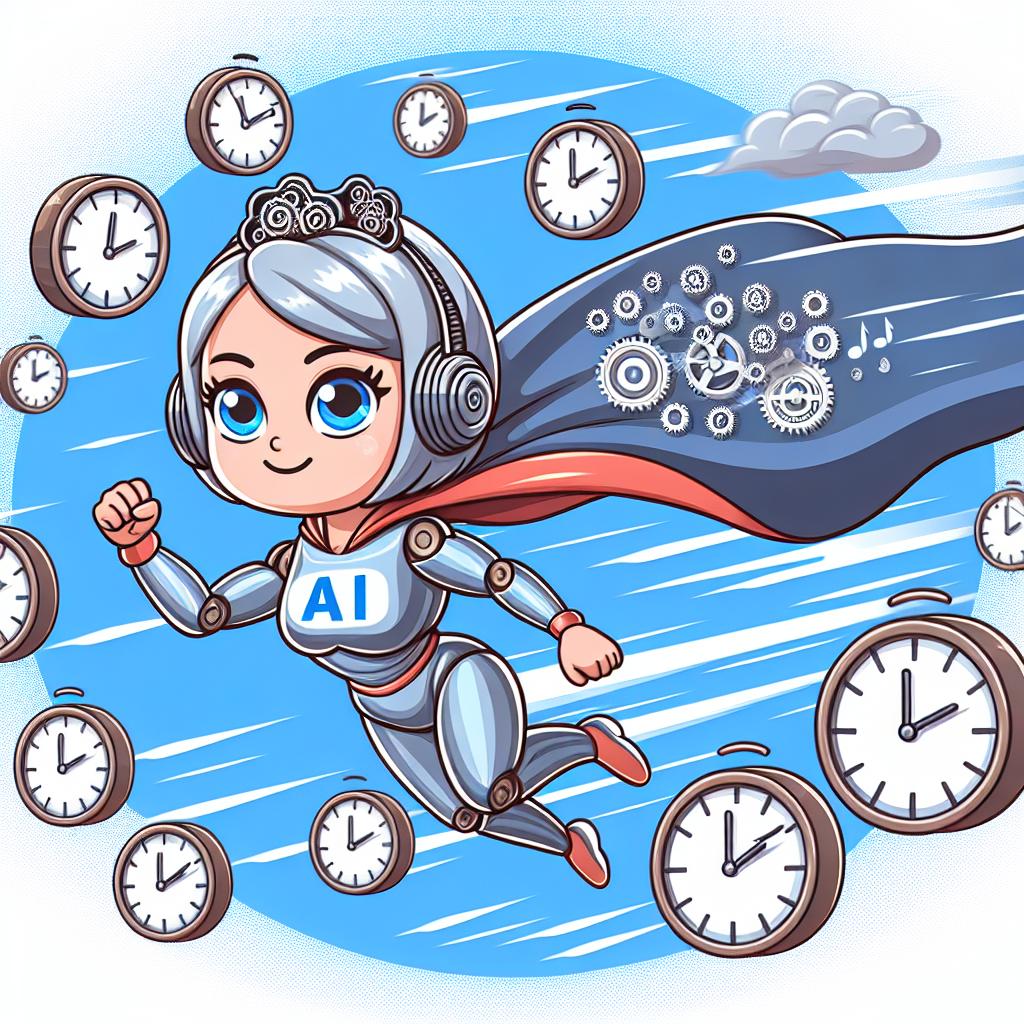This page may contain affiliate links. Please read my disclosure for more info.
The digital assistant world is seeing a significant leap forward, with a recent patent filed by Amazon Technologies Inc. aiming to vastly improve speech recognition and response times on voice-enabled devices.
This innovation, titled “Speech recognition using multiple voice-enabled devices,” could revolutionize your interactions with Amazon’s popular digital assistant, Alexa. It’s about time she got faster.
What Does This Patent Entail?
In a nutshell, this new technology uses multiple voice-enabled devices in your environment to reduce the latency (or delay) for obtaining responses to user commands from a remote system, such as Alexa’s cloud-based server.
Here’s a simplified overview of how it works:
- Two or more voice-enabled devices, both unable to process the command locally, capture a user’s speech.
- The device with a faster connection sends the speech data to the remote server first. This is the “lower-latency” device.
- The remote server begins processing the command before it receives the data from the higher-latency device.
- Once processed, the server sends the response back, not to the lower-latency device, but to the higher-latency device that will perform the action.
This method essentially leverages the combined power of multiple devices and their different connection speeds to process and respond to commands faster.
So, What Changes for the Typical Alexa User?
The impact of this patent on an average Alexa user can be tremendous, transforming how you interact with your voice-enabled devices.
- Faster Responses: With multiple devices working together, Alexa can respond to your commands faster than ever before. Considering how often we see complaints about Alexa’s response time, that’s a big deal.
- Smarter Device Interaction: Devices intelligently interact with each other and the remote server to optimize command processing. For instance, if one device has a slow connection to the server, another quicker device can send the command first.
- Improved Multi-Device Harmony: If you have multiple Alexa devices in your home, they will work together more seamlessly, resulting in a more synchronized smart home experience.
- Potential Vehicle Integration: The patent also suggests the possibility of vehicle integration. A device controlling vehicle operations could work together with another device to perform commands, hinting at potential enhancements in Alexa’s automotive applications.
How Does It Work?
Let’s delve into a few key aspects of this patent to understand its potential impact better:
| Stage | Description |
|---|---|
| 1 | Two voice-enabled devices pick up an utterance |
| 2 | The faster (lower-latency) device sends the utterance data to the remote server |
| 3 | The server processes the utterance |
| 4 | The server sends back the response to the slower (higher-latency) device, which then performs the command |
This patent takes us a step closer to a future where interacting with our digital assistants is quicker, smoother, and more efficient than ever before. Alexa users can look forward to an enhanced experience as Amazon continues to push the boundaries of voice-enabled technology.


Zachary has spent 12 hears in the tech industry focusing on automation, analytics, and cybersecurity. His passion is tech education; he uses his industry expertise and STEM PhD to break down complicated concepts into simple step-by-step guides. When he’s not writing or coding, you can find him binging anything Star Trek or Marvel or reading far too many sci-fi novels.

